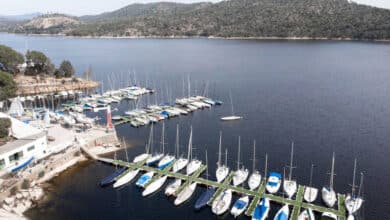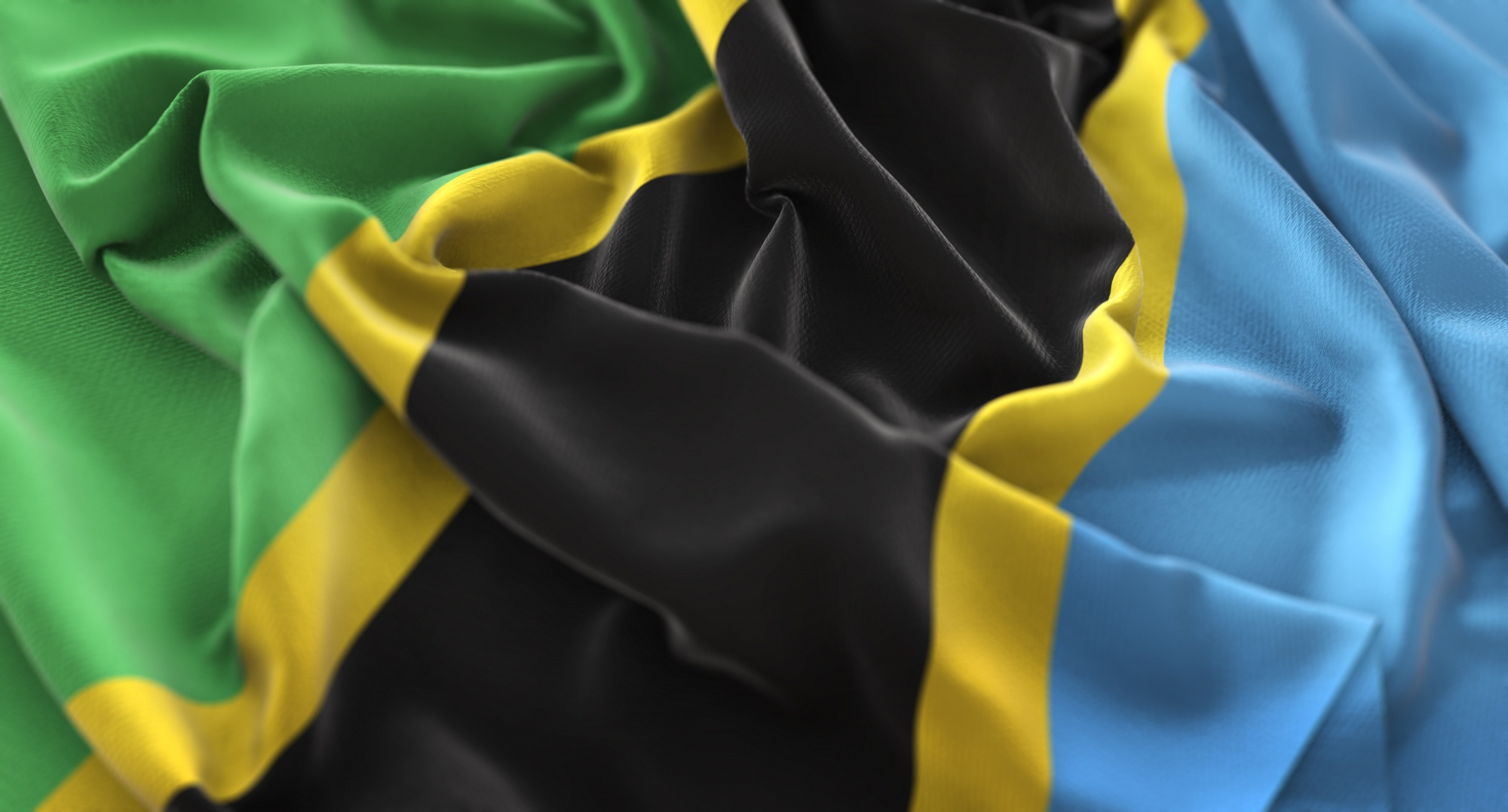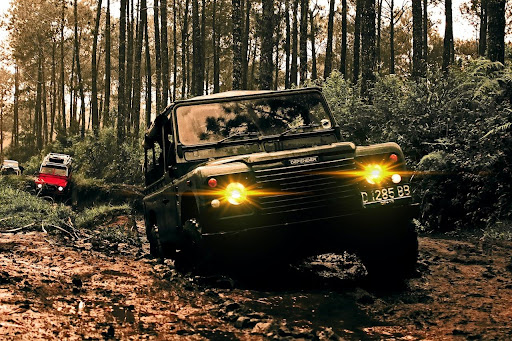List of Unpopular Beautiful Mountains

Mt. Matterhorn
The mountain’s name comes from the Matterhorn Peak on the border between Switzerland and Italy, although it is also known by its German name, “Matterhorn.” The mountain may also be called “Mount Mumm,” after Edmund Stumpff.
Matterhorn has two summits: a high summit (13,692 feet) and a low summit (8,709 feet).
The first ascent of Mt. Matterhorn took place in 1865 by Joseph Amsler and Peter Buhl with guides Hans Maurer and Paul Ritter, though they did not reach the summit due to bad weather conditions at the time of their ascent.
In 1867 Adolphe Piccard reached a height of 13,000 feet on his first attempt at climbing Matterhorn; however he was unable to make it higher due to bad weather conditions.
Mt. Denali
Mt. Denali is a mountain in Alaska that is the highest point in North America. The climb to the summit of Mt. Denali is one of the most difficult and dangerous hikes on Earth, and you need to be in peak physical condition to complete it successfully.
The hike takes about 5 days, and each day requires you to make camp on a different part of the mountain. You start by hiking from your base camp at 8,200 feet up to Camp One at 10,000 feet elevation before continuing on to Camp Two at 12,300 feet. From there, you have another day’s hike to Camp Three at 13,400 feet before reaching Camp Four (the highest camp) at 16,200 feet.
The total elevation gain for this trek is over 20,000 feet! For reference, Mt. Everest stands at 29,029 feet above sea level—so that’s not even half as high!
At each camp you’ll spend 2-3 days getting acclimated and then setting up tents so that you’re comfortable while sleeping in them throughout the night. Also keep in mind that during this time period there will be some snowfall—which means crampons are required.
Mt. McKinley
Mt. McKinley climb is an adventure that can be done by anyone, but it is not recommended for those who have a fear of heights. Mount McKinley is the highest peak in North America, with a peak elevation of 20,320 feet (6190 meters).
The mountain has two main glaciers on its east face. The first is known as Kahiltna Glacier, which is about 13 miles long and has an ice thickness of 535 feet (16 meters). The second glacier is known as Liberty Pass, which covers 63 square miles (160 square kilometers) and extends over an area of about 20 square miles (50 square kilometers). Both glaciers are approximately 7 miles (11 kilometers) wide at their base.
Mt. McKinley can be climbed from many different routes; however, the most popular route climbs to its summit via the West Buttress Route and then down into the Muldrow Glacier basin via the Muldrow Glacier Route. This trip takes about 4 days to complete and involves some technical climbing and rock climbing skills.
Mt. Popocatepetl
Mt. Popocatepetl is the third highest mountain in Mexico, behind Mt. Aconcagua and Mt. Kilimanjaro. It’s also one of the most active volcanoes in the world, with over 30 eruptions since 1450 AD—the last eruption was in 2017 and it’s expected to happen again soon!
To climb Mt. Popocatepetl, you’ll need to take a tour with a reputable operator that has been around for decades. Tours are available year-round and include transportation, snacks and drinks, gear rental (if necessary), and guides who know how to get you safely up there!
Mt. Cotopaxi
Mt. Cotopaxi is one of the most challenging climbs in the world!
The mountain is located in Ecuador, which is known for its great hiking opportunities and breathtaking views. The climb itself takes about five hours, but you can hike it in half that time if you’re a fast hiker. (If you want to get there fastest, fly into Quito and then rent a car.) It’s also covered with snow at times, making it even more challenging to climb. If you’re looking for a challenge and an adventure, this is definitely one to try on your bucket list!
If you’re interested in climbing this mountain but aren’t sure if it’s right for you, here are some tips:
Be sure to bring plenty of water with you (about 2 liters per person). Bring extra layers of clothes and warm gear; temperatures can drop 50 degrees when you reach higher altitudes (which happens pretty quickly). You should also consider bringing some kind of medical kit, just in case something goes wrong during your climb.
Read more interesting articles at Business Magzines




